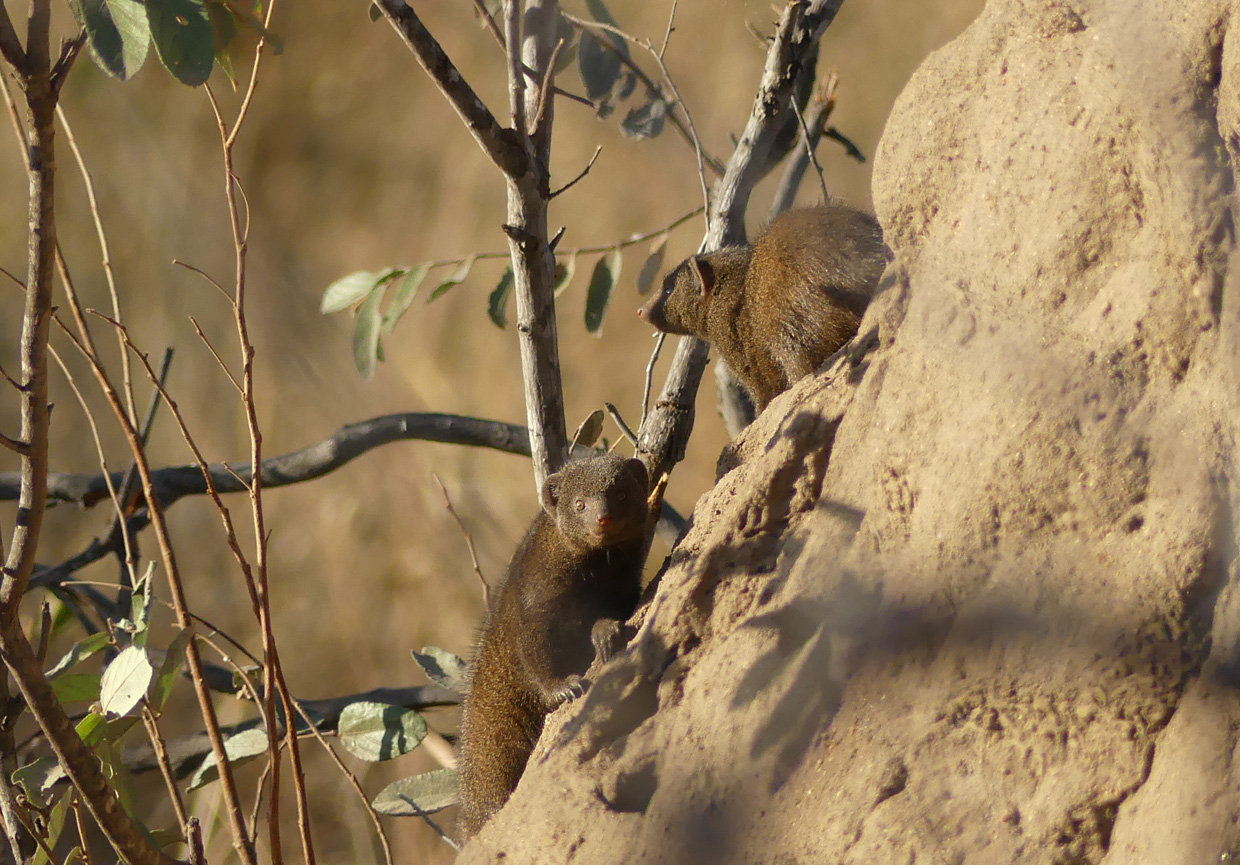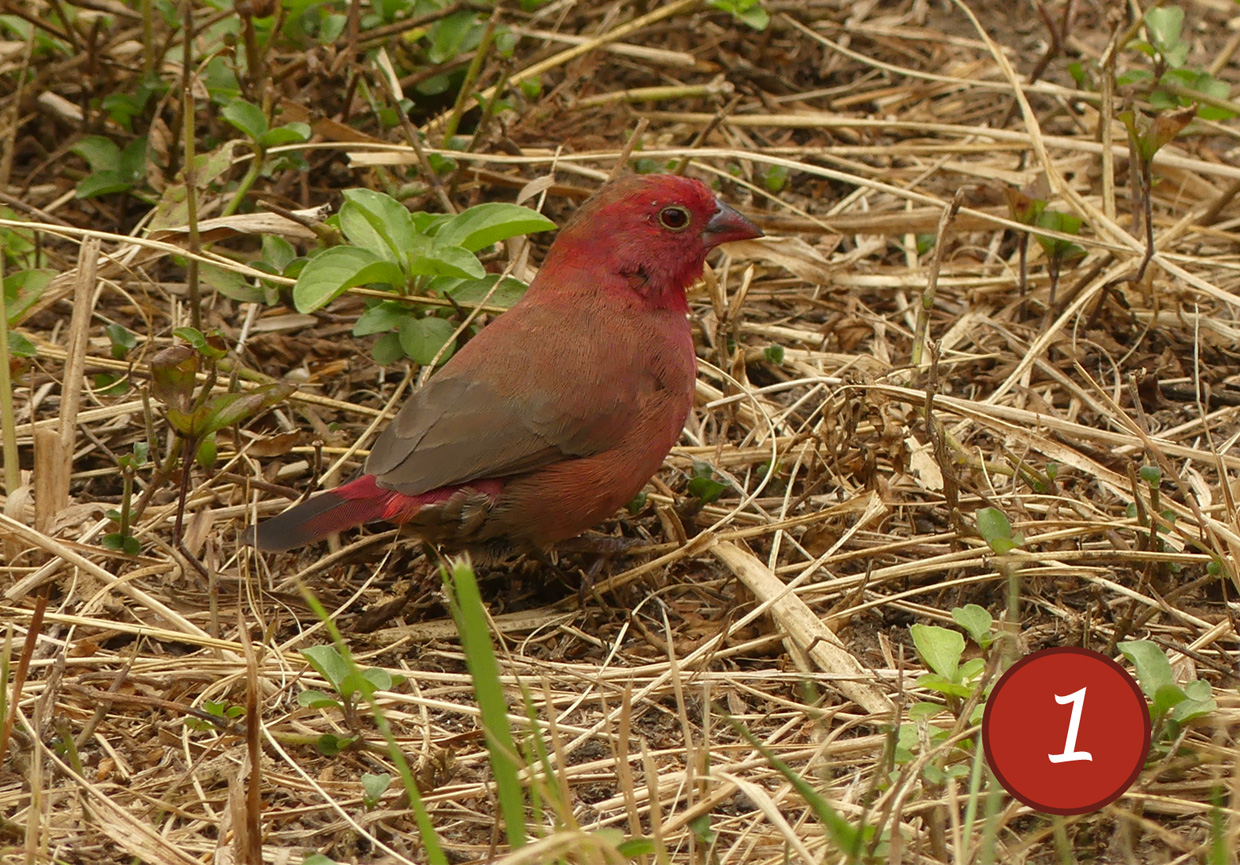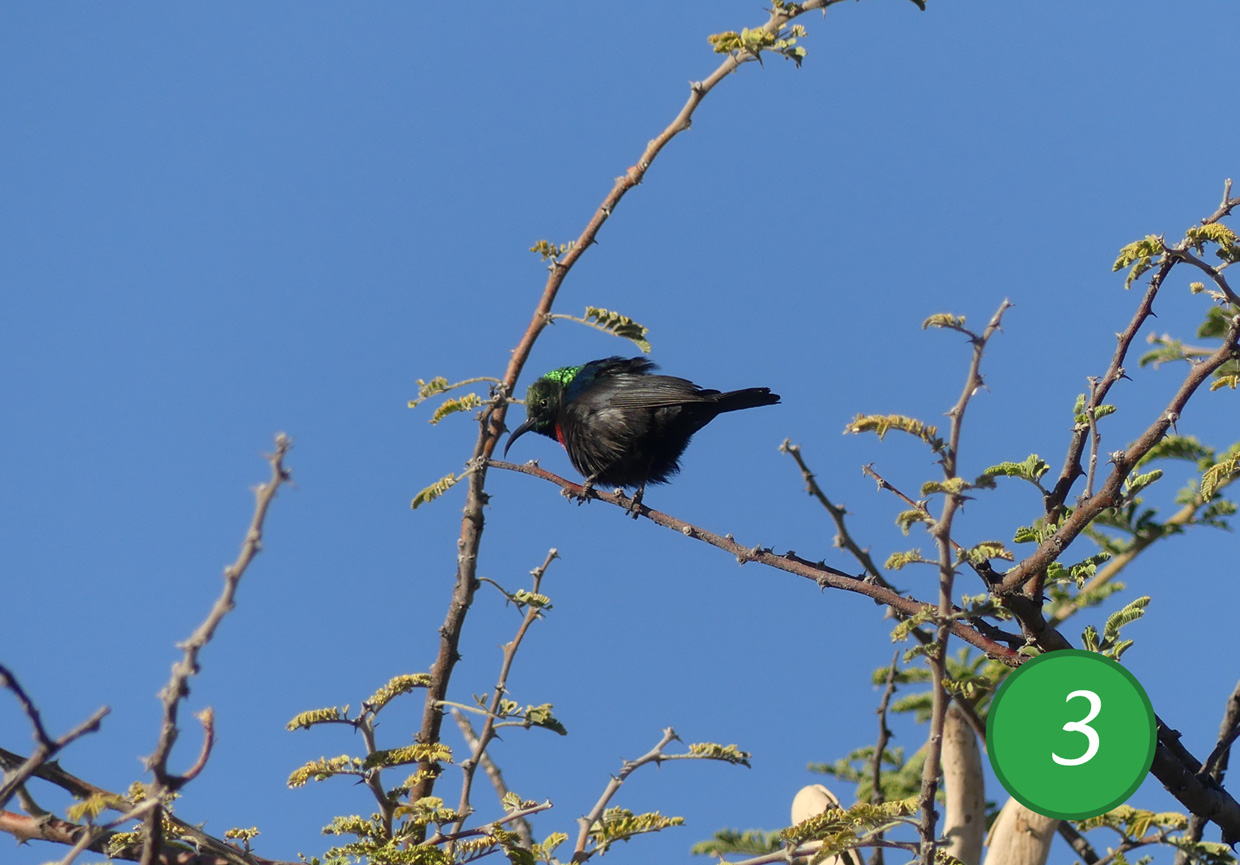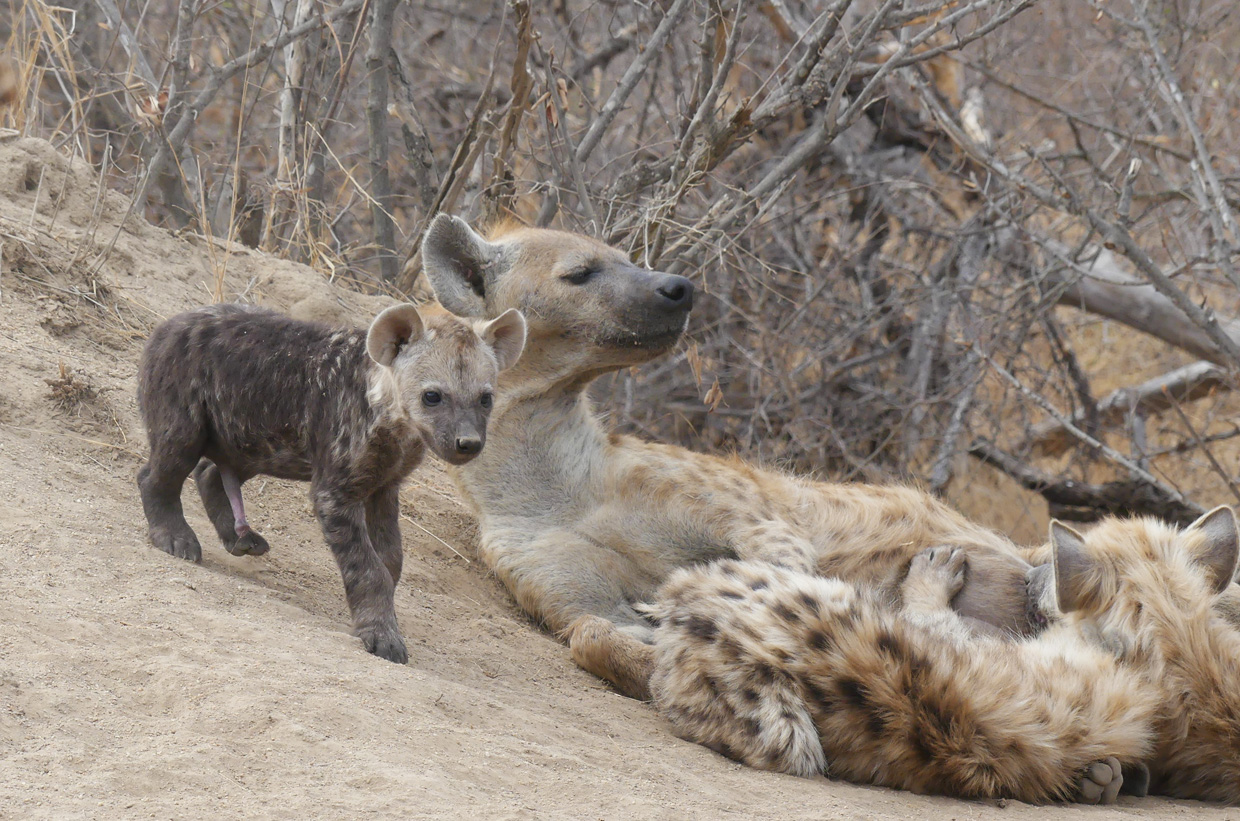Who would have thought that?
No one surprises us, impresses us, enchants us as much as Mother Nature does. Over the course of millions of years, since the emergence of the very first cell, Mother Nature has created the truly strangest curiosities. You can marvel at some of these in this quiz (while testing your knowledge of the flora and fauna of the African bush)

By Stefanie Rach
1. Dwarf mongooses live in groups led by an alpha pair. The alpha pair remains mated for life – unless one partner dies. In this case, the member with the next highest rank takes over. However, this can lead to disputes. How are these resolved when it comes to determining the successor of the alpha female?
a) The two female contenders decide in a fight who is stronger and thus a worthy successor. The loser will become the lowest-ranking member of the group after the fight.
b) The two female contenders groom each other for hours, if not days. Whoever is still standing at the end has won this contest and becomes the new alpha female.
c) Since only the alpha pair is responsible for reproduction, the alpha male decides by scent: a certain odour suggests a hormone that causes a higher fertility of the female.

If the alpha female dies and two females fight over the succession, a very special competition takes place: The two females begin grooming each other. Mutual preening is an important part of social behaviour in the group, as it strengthens the bonds between them. But this competition is all about persistence: the longest grooming competition observed so far lasted four days! Both females were drenched in saliva.
2. Look closely at the three birds. Based on their appearance, what do you think these birds feed on?



Actually, the solution is quite simple: Because how do you chop your food? You crack open nuts with a nutcracker, use a fork or a skewer to pick up small food items, and use a straw to reach the corners in a glass. People have tools, birds have beaks. The beak of every bird is shaped in such a way that the bird can easily pick up its preferred food. A short, thick, strong bill like that of the Red-billed Firefinch (bird 1) is perfect for cracking open the hard shell of seeds (like a nutcracker). To snatch insects, a bill shaped like tweezers is required, elongated, narrow and tapered – as is the bill of the White-browed Scrub Robin (bird 2). To reach the inside of a flower to eat from its nectar, you need a long, fine, slightly curved beak, a bit like a straw. The Amethyst Sunbird (bird 3) has such a beak.
3. Look at the photo of the spotted hyenas: A mother is nursing her two cubs while a small hyena, perhaps about 2 months old, from another mother in the clan, walks by. What sex do you think this little hyena is?

a) It’s a boy!
b) It’s a girl!
c) It is a hermaphrodite!
True, at first glance you might think that it is a little boy, as you can clearly see the penis. But in fact, it is not so easy to determine the sex of a spotted hyena: First of all, it helps to know that females are larger than males in spotted hyenas. They also behave more aggressively. The females call the shots in a clan. So far, so good, but now it gets interesting: female spotted hyenas also have a pseudo-penis. Strictly speaking, their clitoris is elongated to look like the male’s penis. Their labia are fused to form a pseudo-scrotum. In fact, hyenas were once thought to be hermaphrodites. However, it is now known that there are marginal differences in the appearance of the pseudo and real penis. However, it is much easier to determine the sex of a hyena based on its behavior in the clan. Therefore, if one only has a photo available, one cannot say with certainty whether it is a boy or a girl.
Every problem has a solution, every solution needs support.
The problems we face are urgent, complicated, and resistant to change. Real solutions demand creativity, hard work, and involvement from people like you.

Stay in the know.
Be ready to act.
To keep up to date with our latest news, events, marches,
campaigns and fundraising activities.
